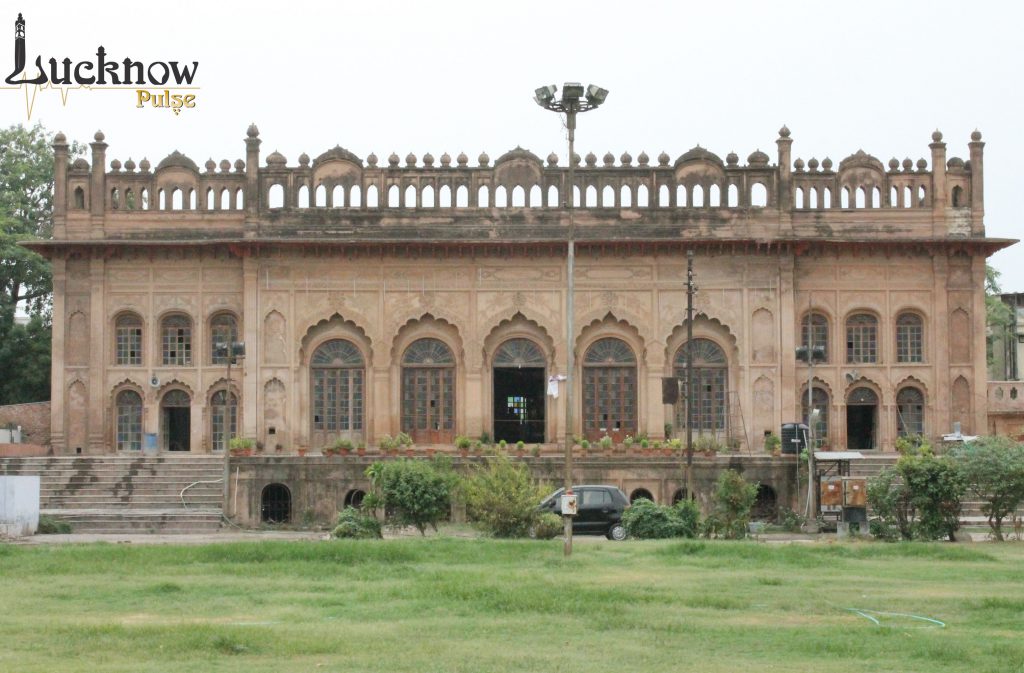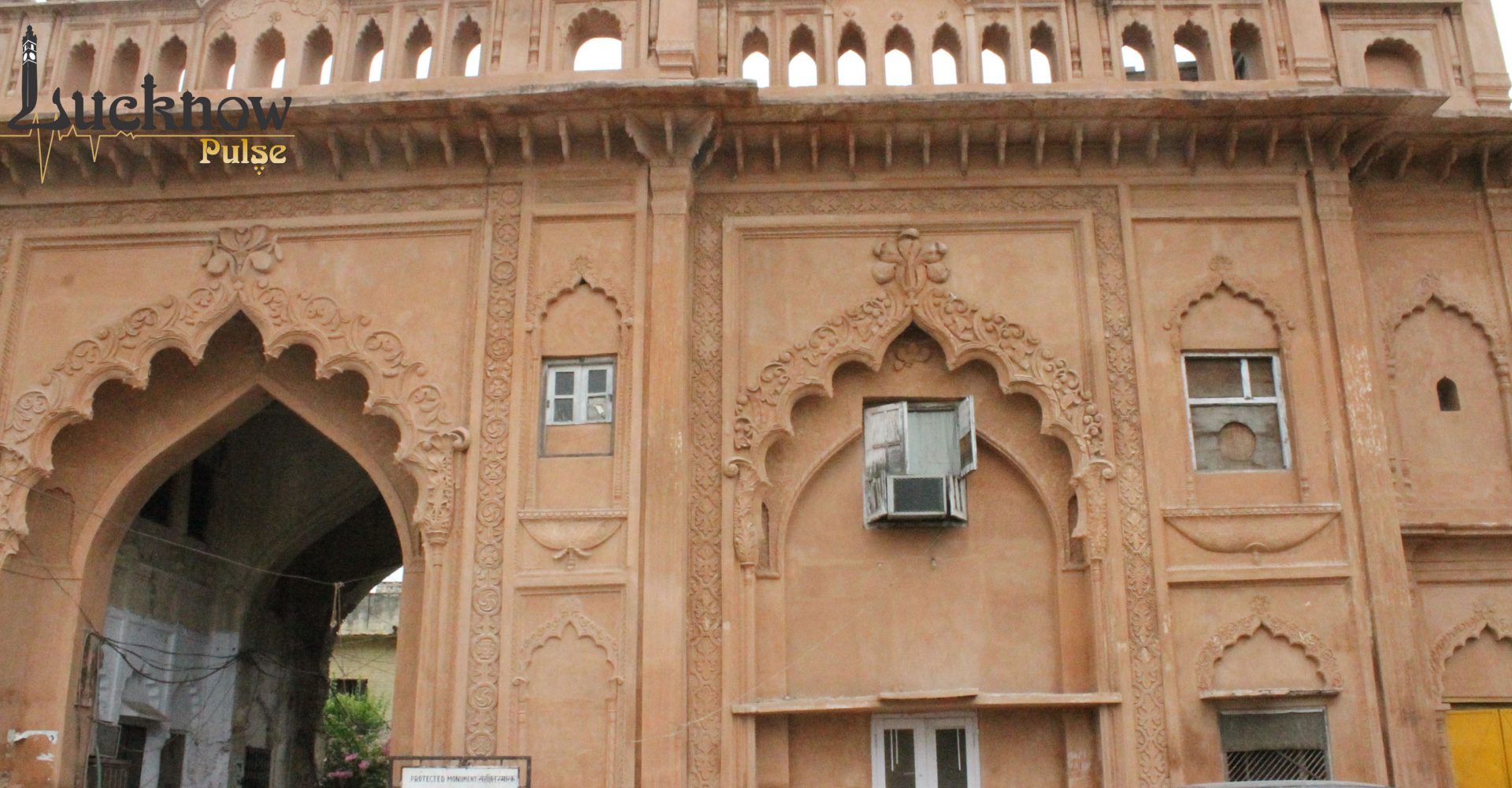 One of the lesser known historical monument of Lucknow, Sibtainabad ka Imambara seems to be a different world altogether situated right in the heart of the hustle and bustle of the posh, elegant, and upmarket Hazratganj.
One of the lesser known historical monument of Lucknow, Sibtainabad ka Imambara seems to be a different world altogether situated right in the heart of the hustle and bustle of the posh, elegant, and upmarket Hazratganj.
In the words of a Lucknowite-by-birth, “Even though I was born, brought up, and continue to live in Lucknow, the Imambara Sibtainabad had been out of my bounds altogether. That, until a few days back when walking through Hazratganj, I thought of taking a narrow looking alley to avoid the busy traffic on the main road. The stark contrast of the ambience of the place hidden by haphazard constructions in the alley took me by surprise.”
Walking further towards the Nawabi looking magnificent structure, I realized I was in for a bigger surprise. The sprawling Imambara complex is so wondrous in its Indo-Islamic design that it seems impossible to have been hidden from the eyes of the Lakhnawi population frequenting the streets of Hazratganj every now and then.
The monument is surrounded on all the sides by two beautiful enclosures that have entrances situated in the center of ghulamgardish. The ghulamgardish are actually curved cloisters that were used by the attendants of Nawabs. There are two such enclosures surrounding the main building with the outer one enclosing the inner enclosure.
The palaces of the erstwhile Nawabs such as Noor Manzil and Kothi Noor Bakhsh are also located in the vicinity of Imambara. There is a mosque built at the right side of the Imambara and Maulvi Amir Ali, who was then the religious leader of the Muslim community, is said to have stayed for a while at this mosque. There is an impressive hall inside the monument that carries the gorgeous archways and walls depicting classic architectural designs.
History of Sibtainabad ka Imambara
The construction of Sibtainabad ka Imambara was started by Nawab Amjad Ali Shah. It was primarily constructed to hold large mourning sessions in Lucknow in the remembrance of the martyrdom of Imam Hussain. Later, the entire construction of the Imambara was completed during the reign of Nawab Amjad Ali Shah’s son Nawab Wajid Ali Shah in 1847.
The walls of the Imambara were, however, completely destroyed during the freedom struggle by the British Army. The British troops were on their way to Kaiserbagh to attack Nawab Wajid Ali Shah’s first wife Begum Hazrat Mahal and her loyalists, when they destroyed the walls of the Imambara. British colonels and lieutenants used the Imambara as a church during the British rule, but in 1919, the structure was categorized as a heritage monument.
Sibtainabad ka Imambara was later identified as a maqbara (mausoleum) as it houses the grave of Nawab Amjad Ali Shah. The Imambara also has the graves of his grandson Nawab Mirza Javed Ali and Najm-un-Nissan Begum (formally known as Aashiq Mahal), who was one of the wives of Nawab Wajid Ali Shah. It is for the same reason that the monument is recognized as Maqbara Amjad Ali Shah by some people.
The Present State of Sibtainabad ka Imambara
The Sibtainabad ka Imambara has been restored by the Archaeological Survey of India (ASI) to an extent. The archways, halls, walls, and graves have been restored but the outer gate and lawns need more attention. The alterations done by the residents in the compound do not blend with the old majestic charm of the complex. Tucked away in the bylanes of the prime Hazratganj area, the imambara is a hidden treasure of Nawabi influence that leaves the unexpected visitors surprised at the charming old world.


Comment here